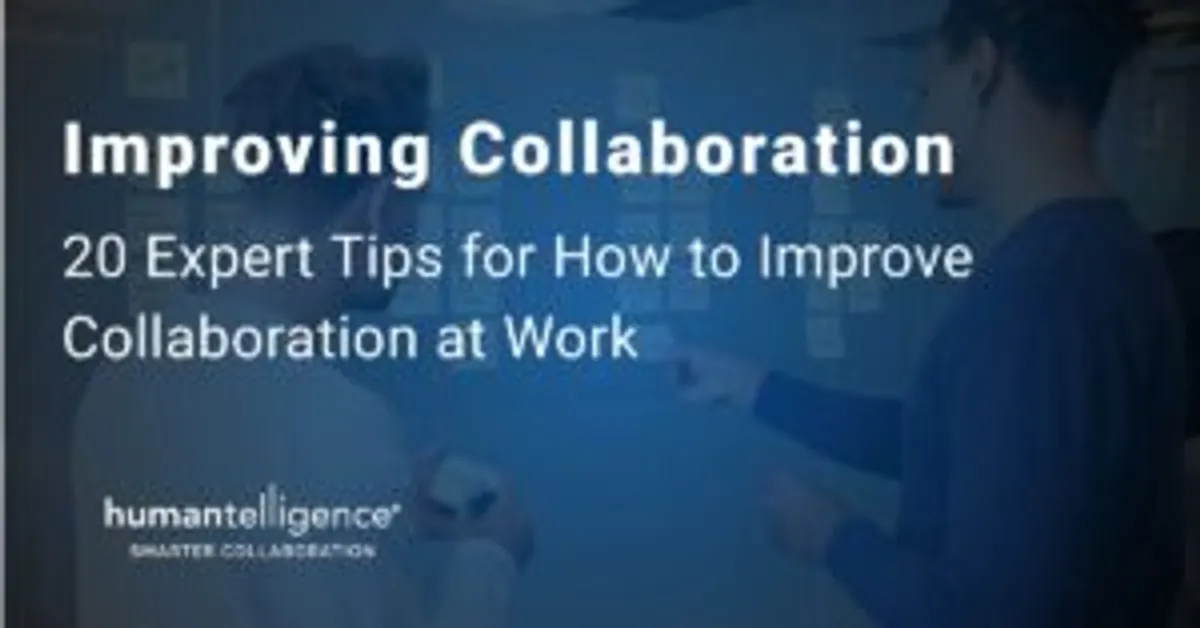
20 Expert Tips to Improve Collaboration at Work
- Admin
- Collaboration
- 30 May, 2023
 The modern workforce has adapted to several changes that have impacted the way we perform work. Obviously the COVID-19 pandemic is front and center, which resulted in many companies moving to completely remote or hybrid workplaces. These changes have also presented an excellent opportunity to find ways to improve collaboration at work.
The modern workforce has adapted to several changes that have impacted the way we perform work. Obviously the COVID-19 pandemic is front and center, which resulted in many companies moving to completely remote or hybrid workplaces. These changes have also presented an excellent opportunity to find ways to improve collaboration at work.
Many businesses are supported by distributed teams spread across different states or even around the world. According to a study conducted by the Institute for Corporate Productivity and Rob Cross, the Edward A. Madden Professor of Global Business at Babson College, high-performance organizations are up to 5.5x more likely than lower-performers to incentivize individual, team, and leader effectiveness in collaboration. The study of more than 1,100 companies—two-thirds of which include collaboration as a stated organizational value—found that the difference between productive and unproductive collaboration can be summed up in one word: purpose.
It’s the purposeful pursuit of collaboration that is the primary reason high-performance organizations, such as Patagonia, one of four companies highlighted in the study, can leverage collaboration to achieve desired business outcomes. Effective collaboration results from an effective company culture that is supported by management and embraces the entire organization.
Simply think about the best team of which you’ve ever been a part. What made that team work? Was it the project? The people? The interpersonal dynamics? Did you enjoy being part of it? Did it bring out the best in you? Now think about the worst team you’ve ever been on. What made those experiences different?
Collaborative teams equal enhanced productivity and results. When teams work, they work in the best of ways. But teamwork takes effort, and the reality is that teams can fall apart, break down and experience disruption for myriad reasons. In this post, we’ve combed article after article in order to compile 20 of the most common and most effective tips to help you improve collaboration at work.
Be Strategic About Meetings to Improve Collaboration at Work
- Prepare formal meeting agendas & keep communication styles in mind. If you’re leading a meeting or part of the team that called the meeting, keep in mind that some attendees might have a more reflective communication style, so if you want your meeting to be valuable and productive, proactively reach out to those team members ahead of the meeting to share specific topics in which you’d like them to contribute. Defining a clear agenda for each meeting and considering the role of each person who is attending will help everyone involved understand how they can participate and what individual expectations entail. Not sure how to determine communication style? No worries, there are tools for that.
- Always use ice-breaker questions. Never just jump into meeting business. It comes across as too cold and transactional, which makes it more difficult to develop report, connection, and trust as a meeting team. Instead of starting with the formal agenda topics, try these ice-breaker options from Atlassian, designed to build authentic connection. One of the best ways to improve collaboration and work and instill a stronger sense of teamwork is to give employees plenty of opportunities to learn more about each other.
- Don’t forget about the kickoff meeting. Whenever a new team is established to work on a shared goal, it’s a good idea to hold a formal kick-off event. This not only gives team members a chance to ask questions and learn about the project, but also helps create a shared sense of ownership. While these meetings don’t need to be complicated or even lengthy, depending on the complexity of the project, it’s always a good idea to solicit feedback about the agenda from team members. At minimum, reviewing the scope of the project, the shared objective, and key roles and needs of the project should be enough.
Observe and Model Best Practices for Building an Environment to Support Collaboration
- Collaborate on the issue of collaboration. If the company culture dictates strong teams, take a look at the organization and see who else is doing it well. Talk to other managers about team dynamics, how they get people to collaborate and the behaviors they encourage. And make sure that you return the favor, sharing your own best practices and lessons learned. Don’t forget to look outside your company as well, talking with colleagues and mentors. You’d be surprised at how similar situations seem to come up across industries.
- Create accountability around team performance, not just individual performance. This helps draw out the lone ranger team member and forces the team to work collaboratively toward common goals. If one person isn’t participating as a team member, the others won’t carry that person and a shift will start to take place. If there is one particular cynic, take that person aside and discover why there is conflict, too much independent work, or general derailing of teamwork. Depending on personality, you can either be very direct here or ask a series of “why” questions to get to the bottom of the situation.
- Prioritize the employee experience. Seeing things from employees’ perspectives can help you learn a lot about work culture and some of the communication challenges that your company may be facing. Dedicating some time to explore employee experience and finding ways to improve both digital and physical work environments can go a long way towards making employees feel more satisfied and comfortable at work.
- Get digital. Especially for remote or hybrid teams, it can be difficult for employees to follow and understand what their coworkers are doing. This makes it difficult for workers to forge bonds and improve the way they communicate with each other. Using a shared digital platform that fosters teamwork can help improve visibility, create connection, foster belonging, and support more effective communication.
- Create tech-driven collaboration spaces. Internet speeds and improvements in technology have made audio and video conferencing remarkably convenient these days. To foster more meaningful communication among employees, consider adding personalized communication insights to your meeting tools so everyone knows how best to communicate with one another. Making meetings more valuable for everyone involved goes a long way toward developing a strong collaborative work culture.
- Promote learning and development. Many employees desire career advancement for the chance to apply their skills to new projects and learning opportunities, all of which contributes to effective and collaborative relationship building within the company. In fact, companies that encourage mindful risk-taking and learning from mistakes often realize greater innovation and workplace effectiveness. According to the July 2021 Monster Job Index:
- 80% of professionals don’t think their current employer provides growth opportunities.
- 54% of employees fear they don’t have the skills they need to thrive in a workforce that emphasizes collaboration using technology.
- 49% of employees expect their employer to support career growth.
- Check in consistently. Have a formal check-in periodically, once a month or at minimum once per quarter, to make sure relationships are developing and collaboration is growing. Especially important if you’re repairing a team, check in to make sure things are on track and to gain a better understanding of what’s working, what isn’t, and what needs to be adjusted. If you start the teamwork ball rolling but then neglect the process, any progress you’ve made will quickly evaporate.
How Leaders Can Improve Collaboration at Work
- Set clear goals. Employees are more likely to collaborate with each other when they clearly understand their individual roles and the team goals that everyone is working toward. Well-defined goals give the entire team a sense of shared purpose and can help foster innovation and problem-solving. One clear sign of an effective team is one that can self-assess and identify issues that lead to meaningful improvements over time.
- Provide team incentives. “The lack of incentives and rewards is the most common and powerful barrier to effective collaboration. Yet, most talent management systems are designed to reward individual achievement, not team accomplishments,” says Kevin Martin, Chief Research Officer, i4cp. “Finding ways to recognize and reward individuals, leaders, and teams who engage in productive collaborative behaviors can pay off in a big way.”
- Communicate expectations for collaboration. It’s easy to be a cheerleader for collaboration, but without clear direction, it can be challenging for employees to understand what to do. From the start, set your expectation for collaboration as a minimum standard. Even better, it should be part of your onboarding process so that potential recruits know you prioritize teamwork. Employees’ job descriptions should include details about their own individual roles, as well as roles they’re expected to carry out collaboratively. By differentiating these, you’re setting clear boundaries between what they should be taking personal responsibility for, and what they need to work on collectively.
- Define the company culture. If a company culture is well-designed and supported, it should truly represent the behaviors and actions of employees throughout the organization. Create a slide deck and supporting materials that define the mission, vision, and core values of the company. These points should act as a guiding resource for employees and can be especially powerful when managing communications and challenges.
- Celebrate wins often. Especially when dealing with long-term or complex projects, it’s not always easy for employees to appreciate the achievements they are making along the way. Teams can benefit from taking time to celebrate wins and milestones together in a formal or informal setting. These celebrations can be small, as any chance to recognize and appreciate effective team collaboration is valuable.
Focus on Communication to Improve Collaboration at Work
- Encourage active listening. Part of the challenge in facilitating effective workplace communication is balancing discussions among different team members. This can be particularly difficult when dealing with different cultures, personalities, and challenging topics. Helping employees, and especially managers, develop their active listening skills can help everyone feel heard and more involved.
- Communication format matters. When the need to communicate some information arises, think carefully about the format you use to share it. Some communications may work best as text messages, while others are more suitable for an email or phone call. Particularly important or sensitive information may also require a meeting to allow for questions and discussion to clear up any confusion and ensure everyone is on the same page.
- Don’t neglect asynchronous communication. Asynchronous communication involves information that is shared at different times. One example would be a post made on a company message board that others can respond to at any time. Many collaboration platforms include features that enable this form of communication. Asynchronous communication can be particularly effective for remote teams and those working across multiple time zones.
- Adopt hybrid communication models. One of the best ways to foster communication and enhance collaboration is to give employees a number of tools to communicate with each other. Utilizing several tools such as email, chat or messaging, video, and a company intranet will allow employees to communicate information in a way that is effective for them. And if you have plug-in tools that provide specific tips or suggestions for collaborating with particular teammates, even better! This makes it easier for everyone to share insights at any time and contribute to an individual, team, or corporate discussion.
- Organize next steps and feedback. When employees collaborate to develop a new strategy or review an important document, they can share ideas in a number of different ways. After the work of brainstorming and sharing is done – i.e. the meeting – set clear expectations for processing the notes and feedback to avoid creating a backlog of partially developed ideas that go nowhere. Asynchronous collaboration tools are an essential asset but need to be well-managed to get the most value out of the communications, and importantly, move the project along.
On a final note, don’t underestimate the benefits of informal collaboration. You can certainly accomplish a lot in meetings and formally organized work activities, but most of the real work gets done between employees themselves. Whatever you can do to Make it easy for your team members to get together or communicate more effectively not only helps improve collaboration, but also will allow many of them to forge long-term or even lifelong relationships.
If teams are important for your organization, you need to do what you can to facilitate their effectiveness. Make sure open communication exists. Create opportunities for all voices to be heard. Connect with the shared values that unite the team. Effective collaboration is one of the biggest drivers of success in modern organizations. Following these expert tips will help you implement the right processes and technologies to enhance collaboration and incentivize effective collaboration among individuals, teams, and leaders.

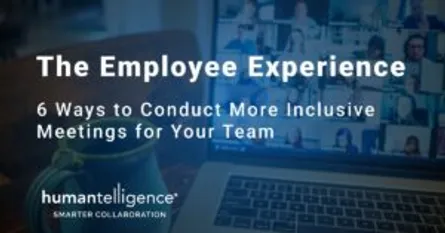
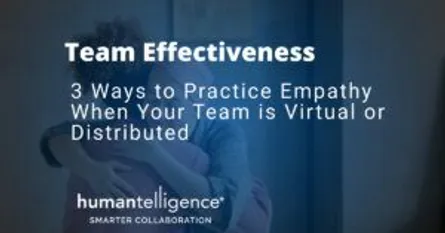
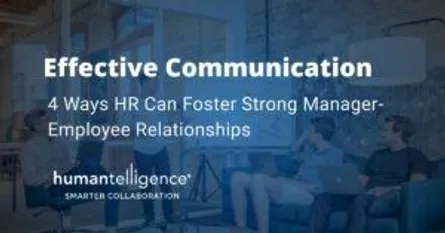


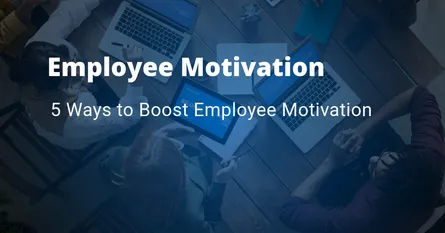





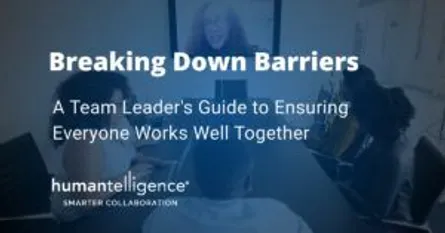


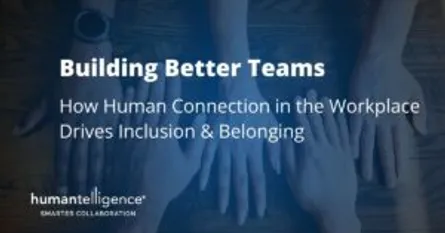


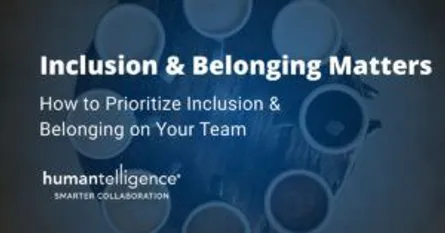


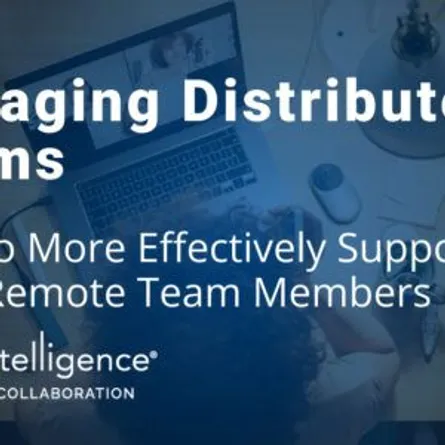
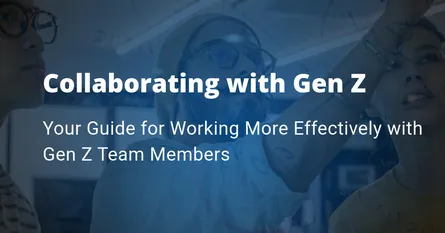
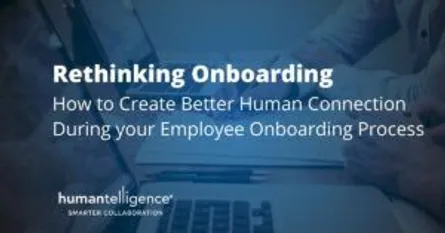


-Low-Quality.DNBpXyLx_1VXSiM.webp)
.CiqwvMOO_A63sY.webp)
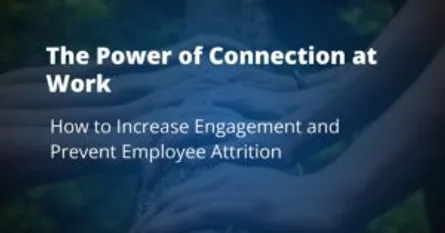
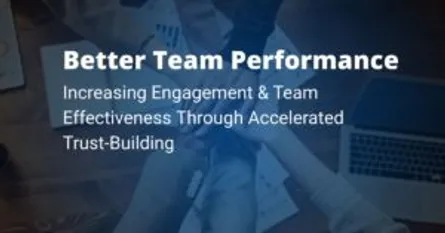
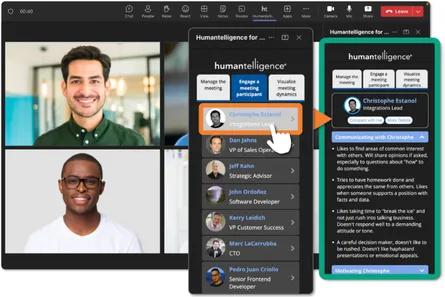

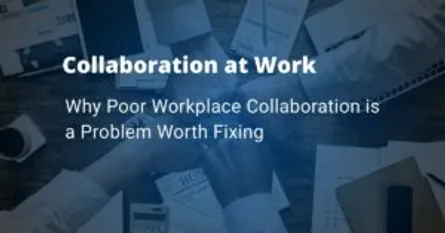
-Medium-Quality.ZFp5mEuF_Z13ebXJ.webp)

